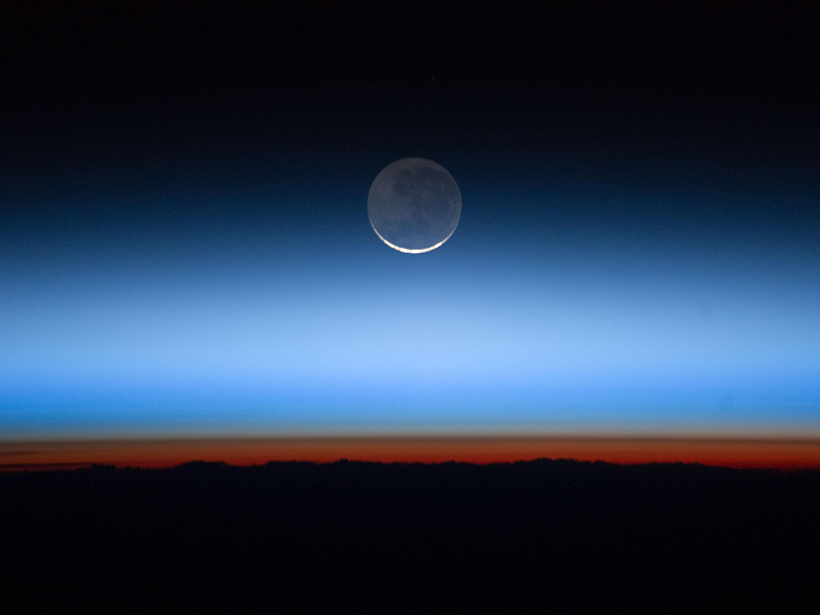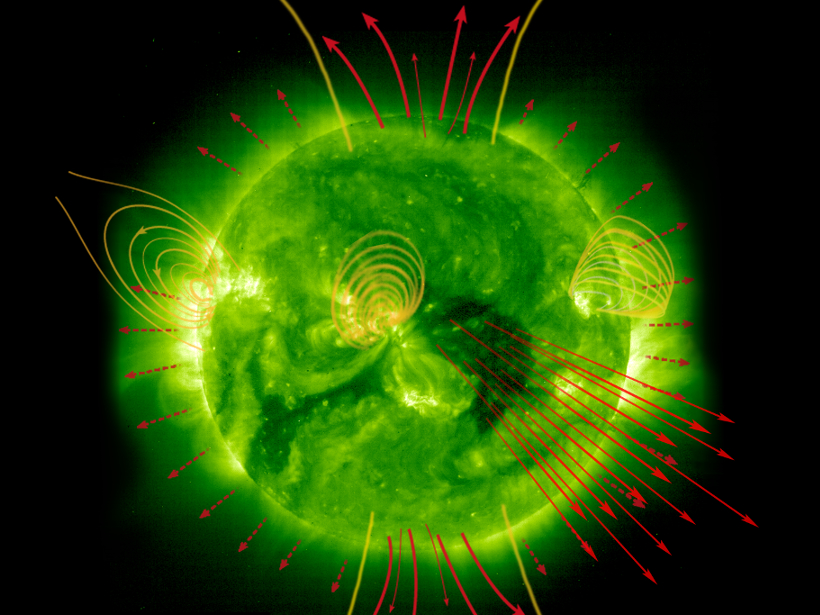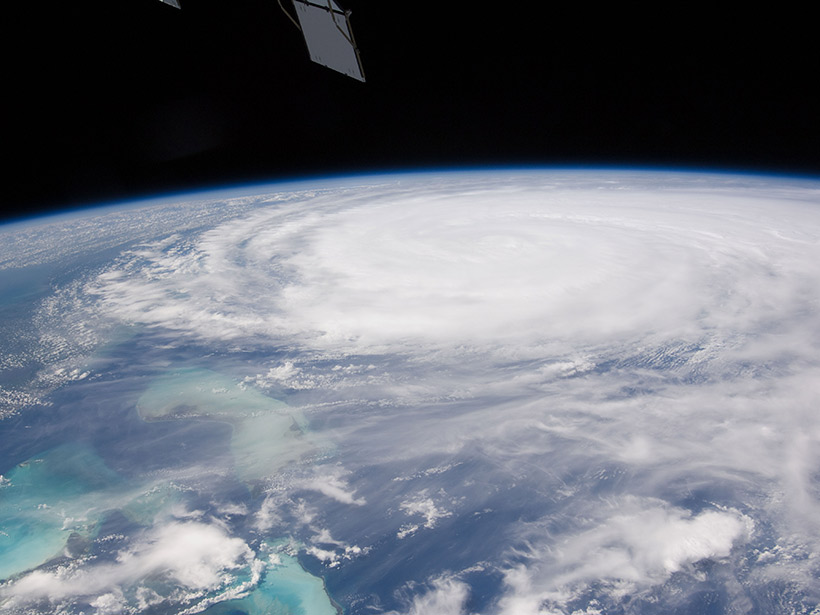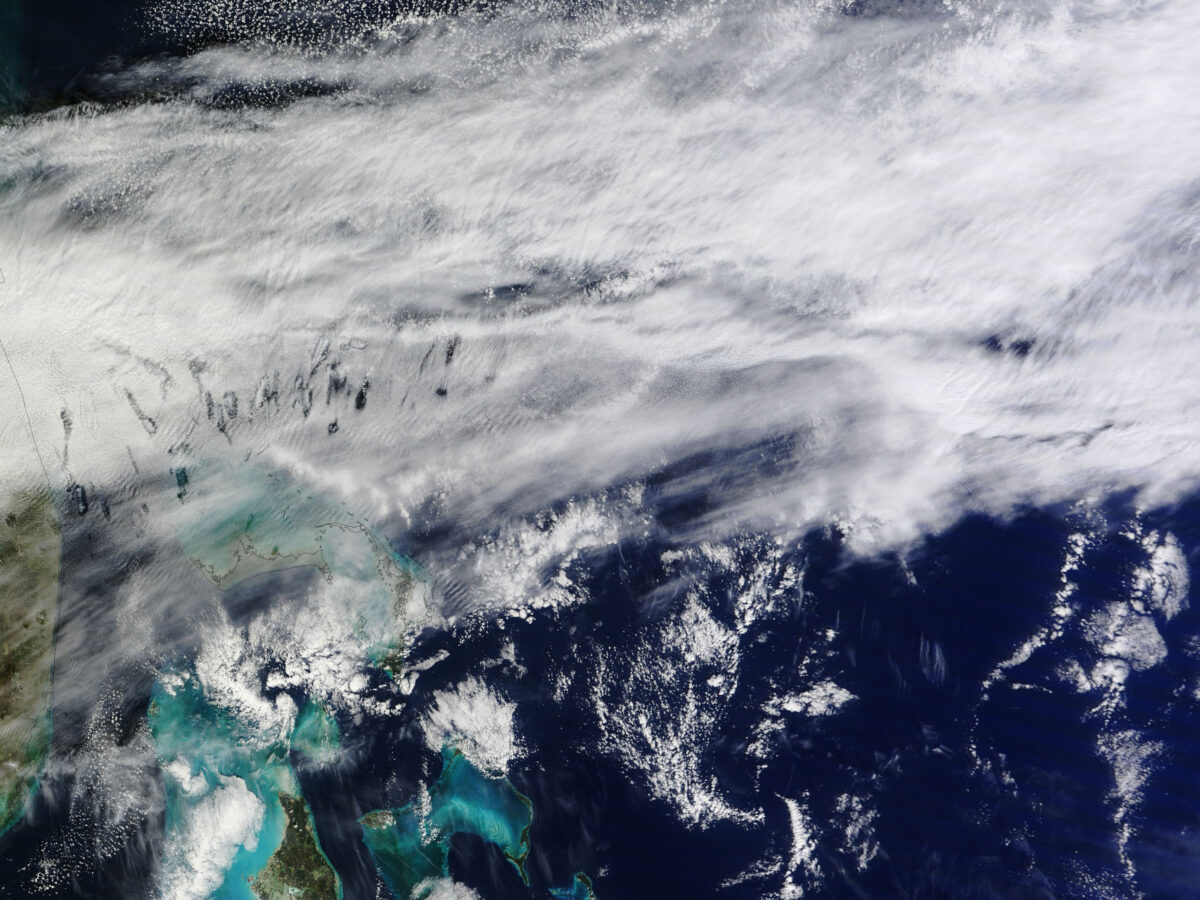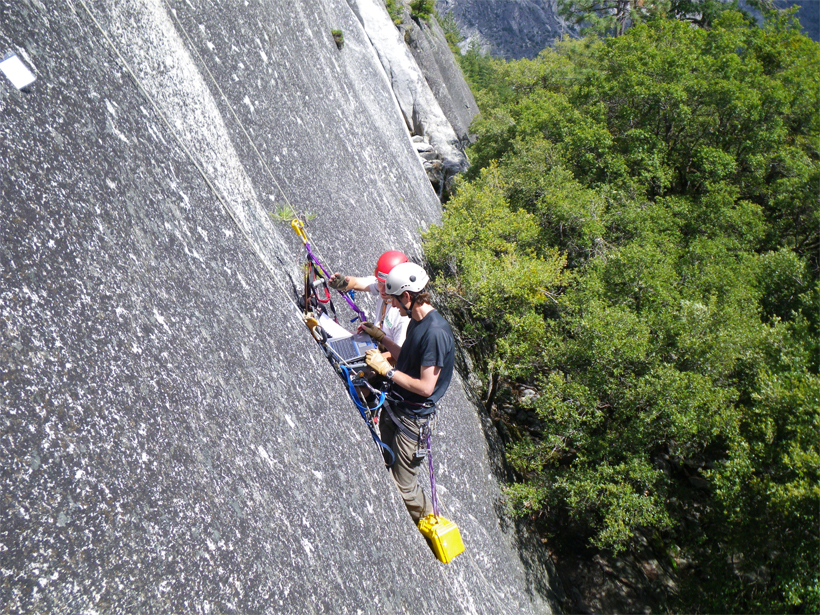For the first time, scientists have observed a deviation from the typical alternating pattern of easterly and westerly winds in the equatorial stratosphere.
unsolved mysteries
Even the Magnetosphere Has Problems
In a new conference and collection of papers, international space physicists narrow down the enigmas that puzzle magnetospheric science.
Mysteries of the Magnetosphere
Scientists investigate how dipolarization fronts in Earth's protective magnetosphere interact with the environment around them.
Chasing Down the Slow Solar Wind
The Sun's plasma blasts Earth’s magnetosphere at more than a million miles per hour. The fastest pours from holes in the corona, but until recently the source of the "slow" solar wind was a mystery.
Mysterious "Necklace Echoes" in the Sky Explained
Scientists studying a 50–year–old mystery in the Earth's ionosphere have come up with their best explanation of it yet.
Mysterious Heavy Ion Beams Above Mars Explained
NASA's latest mission to Mars has uncovered the origins of fast-moving streams of particles high above the planet, flowing against the solar wind.
What Causes Long-Term North Atlantic Surface Temperature Cycles?
New evidence strengthens a likely link between 20- to 40-year sea surface temperature fluctuations and varying ocean circulation patterns.
Modeling the Effects of Clouds on Climate
New research investigates how mixed-phase cloud partitioning and cloud cover compensate each other in GCMs.
A Warm Day Can Trigger Rockfalls
Research on a cliff face in Yosemite National Park finds that when rockfalls happen without an obvious cause, ordinary warming in the Sun could be the culprit.
Great Mysteries of the Earth's Magnetotail
Workshop on Magnetotail Reconnection Onset and Dipolarization Fronts; Laurel, Maryland, 16–18 September 2015

